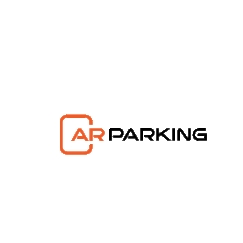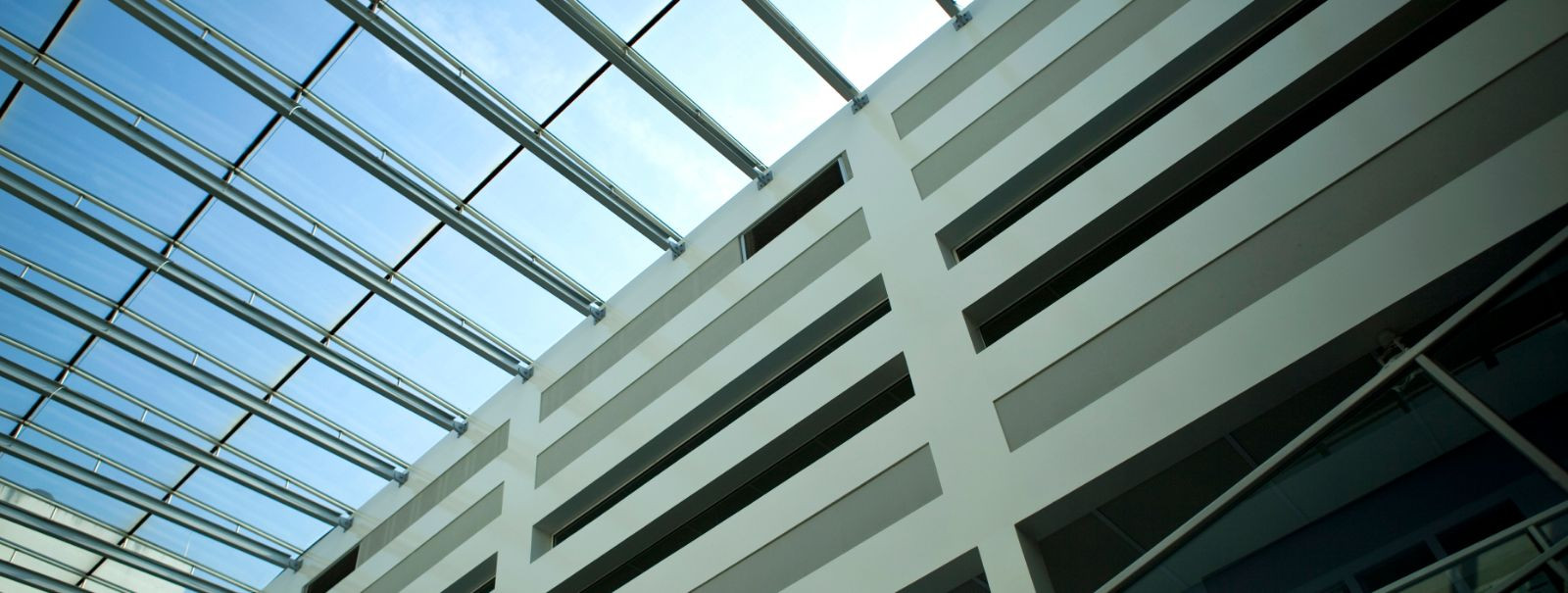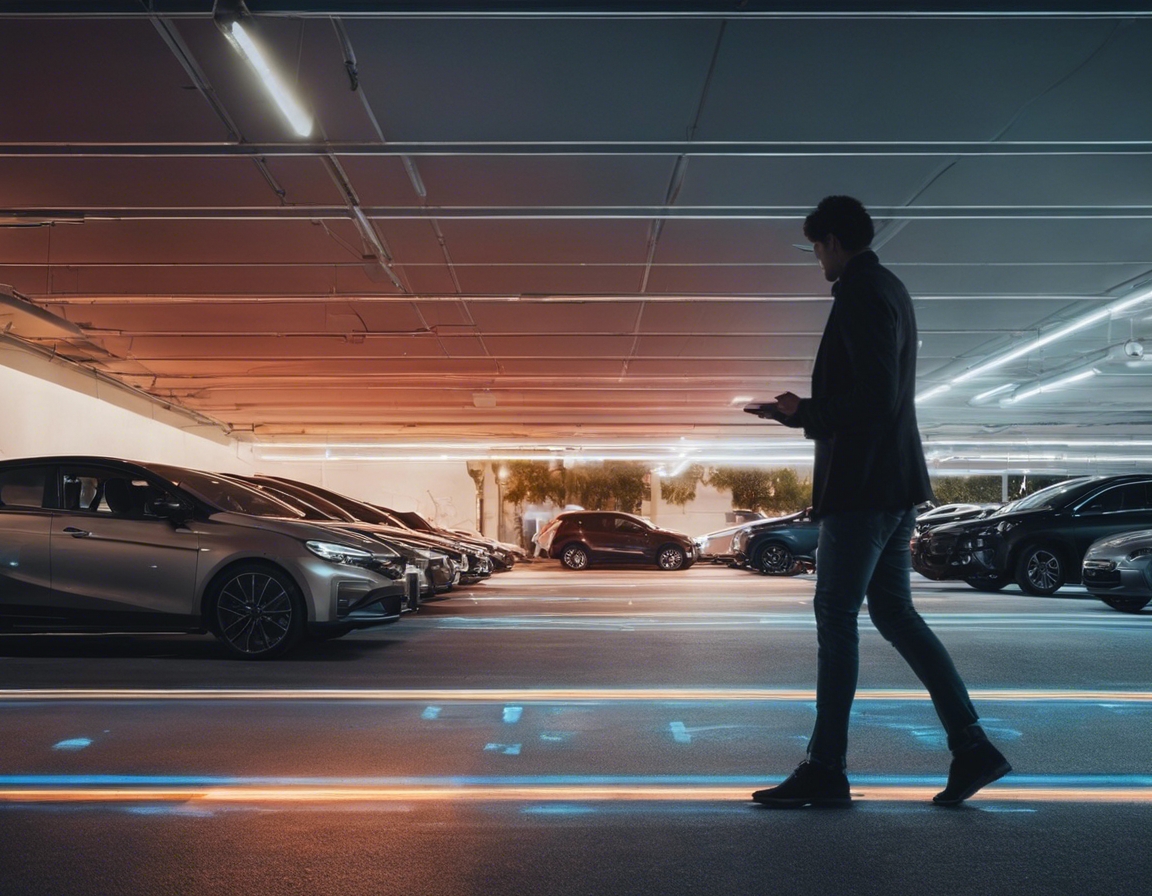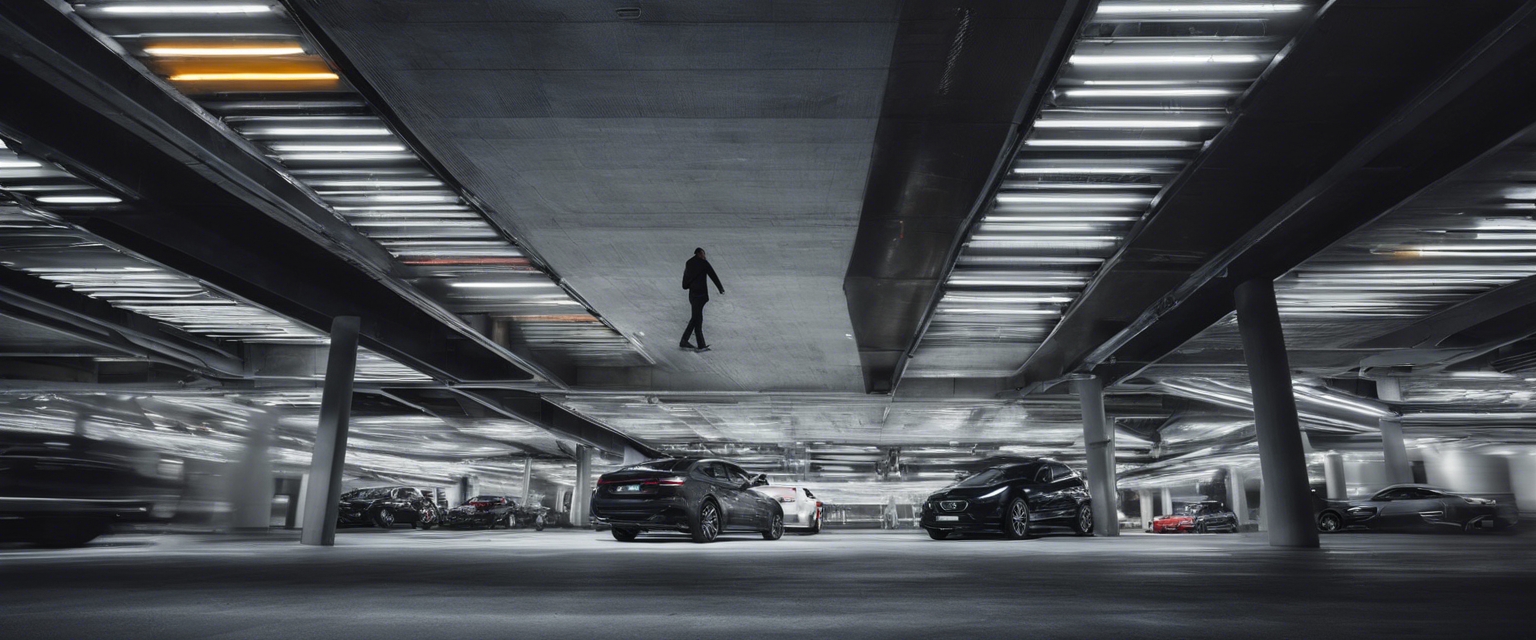Maximizing urban space: the rise of multi-level parking
In today's rapidly urbanizing world, the efficient use of space has become a critical issue for city planners and developers. As populations grow and cities become more congested, the demand for space is at an all-time high. This is particularly true when it comes to accommodating the increasing number of vehicles on the road, which has led to a significant strain on available urban space.
The proliferation of vehicles in urban centers has resulted in a myriad of challenges, including traffic congestion, air pollution, and the need for vast amounts of parking space. Traditional surface parking lots consume valuable land that could otherwise be used for green spaces, housing, or commercial development. This has prompted urban developers and municipal authorities to seek innovative solutions to manage parking without sacrificing precious urban land.
Understanding Multi-Level Parking
Multi-level parking, also known as a parking garage or parking structure, is a building designed for car parking with multiple floors or levels. This concept maximizes the use of vertical space, allowing for a greater number of vehicles to be parked in a smaller footprint compared to surface parking lots.
Multi-level parking structures offer numerous benefits over traditional parking methods. They are space-efficient, reduce the need for expansive land use, and can be integrated into the urban landscape with minimal disruption. Additionally, they can provide enhanced security, protection from the elements for vehicles, and the potential for incorporating advanced parking technologies.
Design Considerations for Multi-Level Parking
One of the primary goals in the design of multi-level parking facilities is the optimization of space. This involves careful planning to maximize the number of parking spaces while ensuring ease of vehicle movement and safety. Efficient design can also lead to reduced construction costs and better user experience.
Accessibility is a key factor in the success of a multi-level parking facility. Designers must consider the impact of the structure on local traffic patterns and ensure that entrances and exits are strategically placed to minimize congestion. Additionally, the internal layout must facilitate smooth traffic flow within the facility.
With a growing emphasis on sustainability, multi-level parking structures are increasingly incorporating green features. These can include electric vehicle charging stations, solar panels, green roofs, and the use of sustainable building materials. Such features not only reduce the environmental impact but can also lead to operational savings and attract environmentally conscious users.
Technological Advancements in Multi-Level Parking
Automated parking systems represent a leap forward in parking technology. These systems use robotics and computer control to automatically park and retrieve vehicles, reducing the need for driving within the facility and maximizing space efficiency. They also offer a high-tech solution that can be particularly appealing in modern urban developments.
Smart parking solutions, including sensor-based guidance systems, mobile app integration, and real-time availability information, are becoming standard features in multi-level parking facilities. These technologies improve the user experience by reducing the time spent searching for a parking spot and can also assist in traffic management.
Multi-Level Parking and Urban Development
Multi-level parking facilities can play a crucial role in supporting public transport systems by providing park-and-ride options. This encourages the use of public transport by making it more convenient for commuters to transition from their personal vehicles to trains, buses, or subways.
By reducing the land area required for parking, multi-level parking structures can contribute to the revitalization of urban centers. They enable the development of more pedestrian-friendly areas, public spaces, and mixed-use developments that can enhance the quality of urban life.
The future of urban parking is likely to see continued innovation, with multi-level parking facilities at the forefront. As cities evolve and the demand for efficient, sustainable, and user-friendly parking solutions grows, multi-level parking will remain a key component in the development of smart, livable urban environments.







Comments (0)